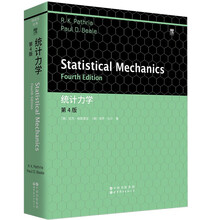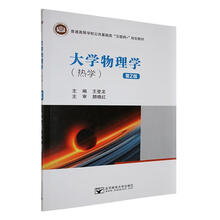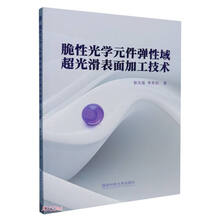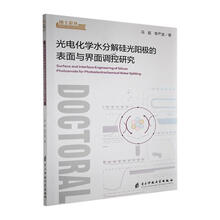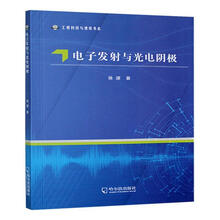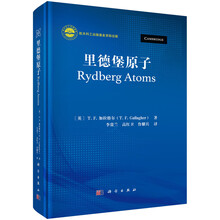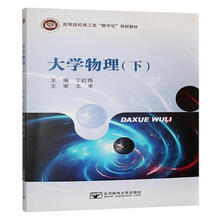第一部分变质同位素年代学
Rb-Sr and Sm-Nd isotopic dating of an Early Precambrian spilite-keratophyre sequence in the Wutaishan area, North China: preliminary evidence for Nd-isotopic homogenization in the mafic and felsic lavas during low-grade metamorphism.
Shuguang Li1, S.R. Hart2 and Tieshan Wu3
1. Department of Earth and Space Sciences, University of Science and Technology of China, Hefei 230026, Anhui, China
2. Center of Geochemistry, Department of Earth, Atmosphere and Planetary Sciences, Massachusetts Institute of Technology, Cambridge, MA 02139, U.S.A.
3. Regional Geological Surveying Team of Shanxi Province, Yuci 030600, Shanxi, China
Abstract The spilite-keratophyre sequence in the Wutaishan area, North China has been dated by zircon from the quartz-keratophyre, and a volcanic crystallization age of 2522 Ma (Liu Dunyi et al., 1985) was obtained. This volcanic rock sequence experienced a low-grade metamorphism of greenschist facies during 1800–2000 Ma. However, combined Sm-Nd whole rock data from the volcanic rock sequence, if interpreted in terms of an isochron, gives a younger age of 2250 ± 182 Ma. If separately calculated, Sm-Nd isochrons for quartz-keratophyre and spilite yield two consistently younger ages of 1977 ± 385 Ma and 1981 ± 178 Ma. These Sm-Nd isochron ages are consistent with a Rb-Sr age of 1871 ± 98 Ma, and with the time of regional greenschist facies metamorphism. Consequently, we interpret the 2250 Ma alignment on the Sm-Nd diagram as an errorchron. The two Sm-Nd metamorphic ages suggest that partial homogenization of Nd isotopic composition in water-rich spilite-keratophyric meta-volcanics can be achieved during low-grade metamorphism as a result of REE mobility.
Using the εNd values at the time of metamorphism, the average 147Sm/144Nd ratios of the spilite and the quartz-keratophyre, initial εNd values of 2.6 ± 3.5 and 3.0 ± 6.1, respectively are estimated at the time of volcanic eruption (2522 Ma).
Similar positive initial εNd values for the spilites and quartz-keratophyres suggest that they might have been derived from the same depleted mantle source, or that the quartz-keratophyres are derived from a short-lived mafic source.
1 Introduction
To successfully apply the Sm-Nd isotopic dating method to define eruption ages of Precambrian metavolcanic rock sequences, two basic assumptions need to be satisfied, i.e., (1) samples must have the same initial 143Nd/144Nd ratios and (2) rare earth elements (REE) are immobile during metamorphism. However, these two conditions are not always satisfied. Several investigations have demonstrated that volcanic rocks erupted from a single volcano may show significant isotopic variation as a result of the mantle source heterogeneity and/or crustal contamination (Arculus and Johnson, 1981; Staudigel et al., 1984; Zindler et al., 1984). Furthermore, mobility of REE may be significant during low-grade metamorphism and hydrothermal alteration of basic lavas (Hellman and Henderson, 1977; Hellman et al., 1979; Wood et al., 1976; Nystrom, 1984; Windrim et al., 1984; Vocke et al., 1987).
Several studies have already shown that the Sm-Nd whole rock dating method does not always yield accurate ages for Archaean greenstone belts (Hegner et al., 1984; Cattel et al., 1984; Chauvel et al., 1985). It is also known that under some circumstances Sm-Nd whole-rock isochrons can be reset during high-grade tectonothermal events (McCulloch and Black, 1984; Black and McCulloch, 1987). In this paper, we present Nd and Sr isotopic data for an early Precambrian spilite-keratophyre sequence in the Wutaishan area, Shanxi Province, China to show the effect of the REE mobility during low-grade metamorphism on the Sm-Nd systematics. This is accomplished by comparing results of Sm-Nd, Rb-Sr dates with U-Pb zircon ages.
2 Geological setting and samples
Precambrian metamorphic rock complexes are widely distributed in the Wutaishan area which is a part of North China Craton (Fig. 1). The metamorphic complexes can be broadly subdivided into three stratigraphic units, namely the Fuping, Wutai and Hutuo Groups from bottom to top. All of the three groups have been dated by U-Pb zircon method (Liu et al., 1985) (Fig. 2).
Fig. 1 Simplified sketch map of the Wutaishan area showing Precambrian rock units and sample localities. 1 = Paleozoic strata. 2 = Hutuo Group. 3 = Upper Wutai Group. 4 = Middle Wutai Group. 5 = Lower Wutai Group. 6 = Fuping Group. 7 = K-granite. 8 = Na-granite. 9 = Mesozoic granite. 10 = unconformity. 11 = sample no.
The Fuping Group consists predominantly of mafic granulites, paragneisses, quartzites and amphibolites, which have experienced high to medium grade metamorphism. A minimum age of 2560 ± 9 Ma for the Fuping Group is defined by a zircon age of the Lanzhishan Granite which intrudes the Fuping Group (Liu et al., 1985). A maximum age of 2800 Ma is defined by a zircon date from granu
展开

